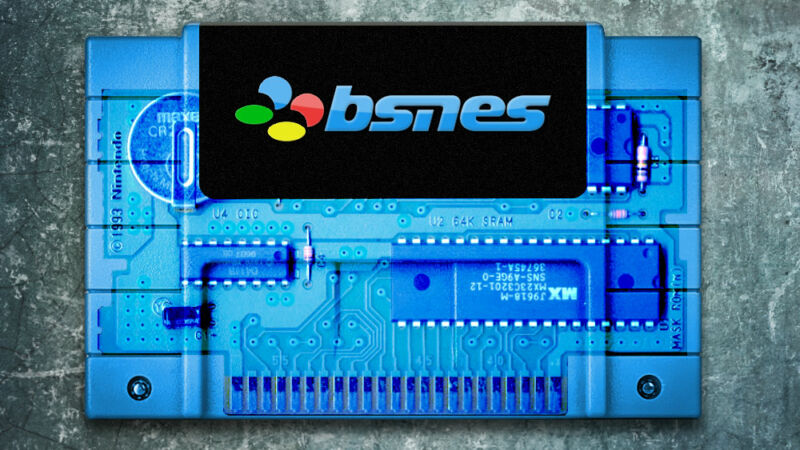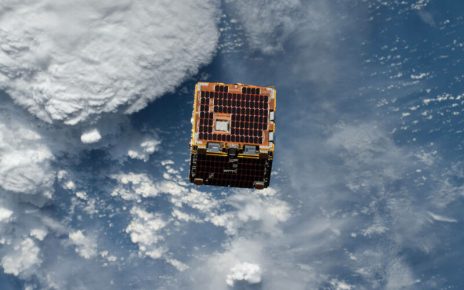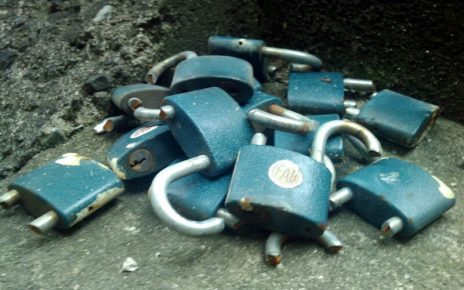
Enlarge / We’re so close to having an emulator that can perfectly recreate every single function of real SNES hardware and software. (credit: Aurich Lawson)
Update, June 28, 2021: Ars was saddened to learn that the author of this piece, who also used the handle Near in online interactions, reportedly took their own life over the weekend. We’re republishing this piece today in memory of their towering contributions to the classic gaming emulation community and to Ars. You can also read their 2011 piece on the quest for accuracy in bsnes development.
If you or someone you know is struggling with suicidal thoughts, please contact the National Suicide Prevention Lifeline at 800-273-8255, or reach out to a similar international hotline. We’d also encourage readers to donate to the American Federation for Suicide Prevention if they’re so moved.
As the lead coder of bsnes, I’ve been attempting to perfect Super Nintendo emulation for the past 15 years. We are now at a point where that goal is in sight, but there we face one last challenge: accurate cycle timing of the SNES video processors. Getting that final bit of emulation accuracy will require a community effort that I hope some of you can help with. But first, let me recap how far we’ve come.
Where we are
Today, SNES emulation is in a very good place. Barring unusual peripherals that are resistant to emulation (such as a light-sensor based golf club, an exercise bike, or a dial-up modem used to place real-money bets on live horse races in Japan), every officially licensed SNES title is fully playable, and no game is known to have any glaring issues.





